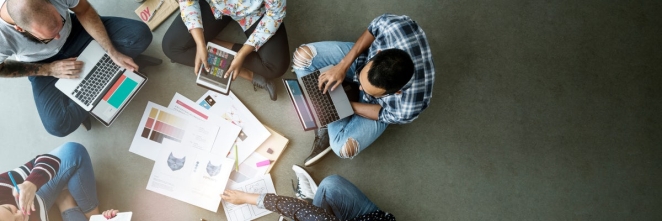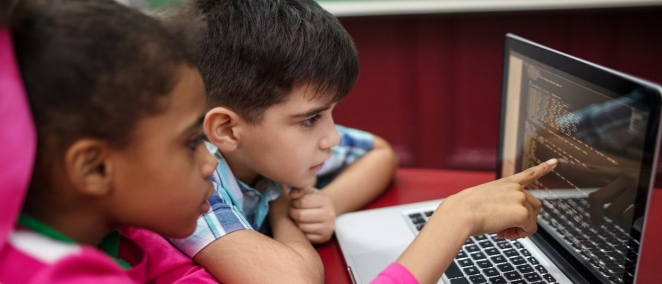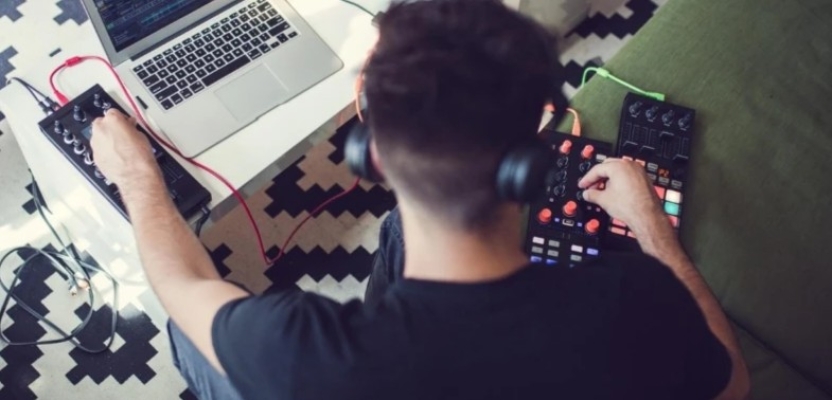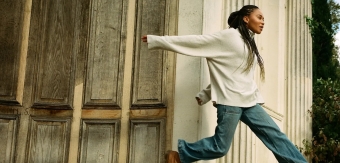People often assume creativity is inherent and that you are ‘born creative’. However, Cavell Ord-Shrimpton, Head of the School of Design at Arden University would disagree. Touching on how the creative mind is built upon confidence, Cavell argues that creativity can be taught.
In this article, Cavell expands on how the digital age has changed the way we express creativity, what this means for design management, and what we need to relearn to truly be creative in the digital age.
How technology has shifted the creative process
Creativity enters every aspect of life; it’s not necessarily a special ‘faculty’, but rather an aspect of human intelligence in general. It’s grounded in everyday abilities such as conceptual thinking, perception, memory, and reflective self-criticism.
It isn’t confined to a selection of people: in Margaret Boden’s words – a professor in Cognitive Science -, every one of us is creative, to a degree. With this in mind, creativity can certainly be taught.
How individuals express creativity differs. Some people prefer to write or paint; others may be more inclined to turn to music, whereas some enjoy researching and delving into the unknown. Despite the various mediums to convey one’s creativity, technology advances have opened the way it is expressed, the way it is created and who it reaches.

From widening the channels we use to express creativity, to exposing us to the diverse range of innovation across the globe, technology has broadened the way we can create and its process.
Technology is neither a servant nor a master of creativity; it’s simply a partner that can re-energise the traditional skills and ways of expressing creativity. While some view digital platforms as stifling creative processes (prioritising SEO over engaging copy, or the number of YouTube video views overriding the creative outcome), we cannot deny that the rapid advent of technology to the level it has reached was somewhat unprecedented, disrupting the way we think, act and live.
Our creative process must be the game changer in how we adapt and benefit from the huge digital strides being made day by day.
Teaching creativity in a digital era
Creativity is a uniquely human process, shaped by social, cultural, ethical, and environmental factors that are beyond the capacity of any machine we can foresee; this pertains to the rise of AI art or using AI chatbots to replace the creative process. Research has found that people tend to share content they feel a connection to, but AI does not have the emotional intelligence to create a story that ignites the same spark.
With many social media platforms, brands and corporate entities relying on creativity for views, customers and clients, the importance of developing your inner creativity is growing. Being creative to the extent that it resonates with other people is an inherently human characteristic.
But it is important to keep in mind that there isn’t just one way for a person to be creative, nor one set of characteristics that will differentiate what is creative and what is not. Instead, creativity is established via a set of skills and attitudes that anyone can develop; some of these are: accepting ambiguity, redefining, and solving problems, taking risks by questioning the norm, and following an inner passion.
To teach creativity in the digital age we must go back to basics. With my students, for example, I use an incremental scaffolded approach to help new students to learn the basics of creativity. This takes everyone back to ground zero to re-establish the first principles and ways of seeing the world around us. We use dynamic methods based on the facet of design that we are teaching.

This can include tackling ‘wicked problems’ in design management with creativity, similar to Tom Wujec’s DrawToast technique, where he gets people to sketch diagrams of how to make toast. Results amongst groups are diverse, revealing a wide range of models of what's important in making toast. This becomes a launch pad for drawing out what's really important to the group – an aspect that is key in design management.
Through such methods we enable people of all ages, backgrounds, from various sectors and industries the opportunity to explore what creativity means to them and those around them. From there, we can expand on the more technical skills, by teaching how they can use and combine the principles, tools, and software to start realising their creativity on different media projects.
Design management has proven itself as a route to solving difficult problems, because no matter how large the challenge, it keeps people and their needs at its core. The elements that come with this mindset extend into a wider skillset, one which could be taught to those outside the creative industry. This requires constantly examining your own attitude toward creativity and thinking about alternative solutions, which essentially roots from building confidence.
Creating a compassionate, accepting environment is key and it is how to ensure creative confidence translates to the workplace and beyond. We need to relearn the power of curiosity over process, and allow for flexibility, diminishing the fixed idea approach. After all, the avenues technology has opened means there are many more new ways to create – this will result in testing boundaries and trialling new things.






